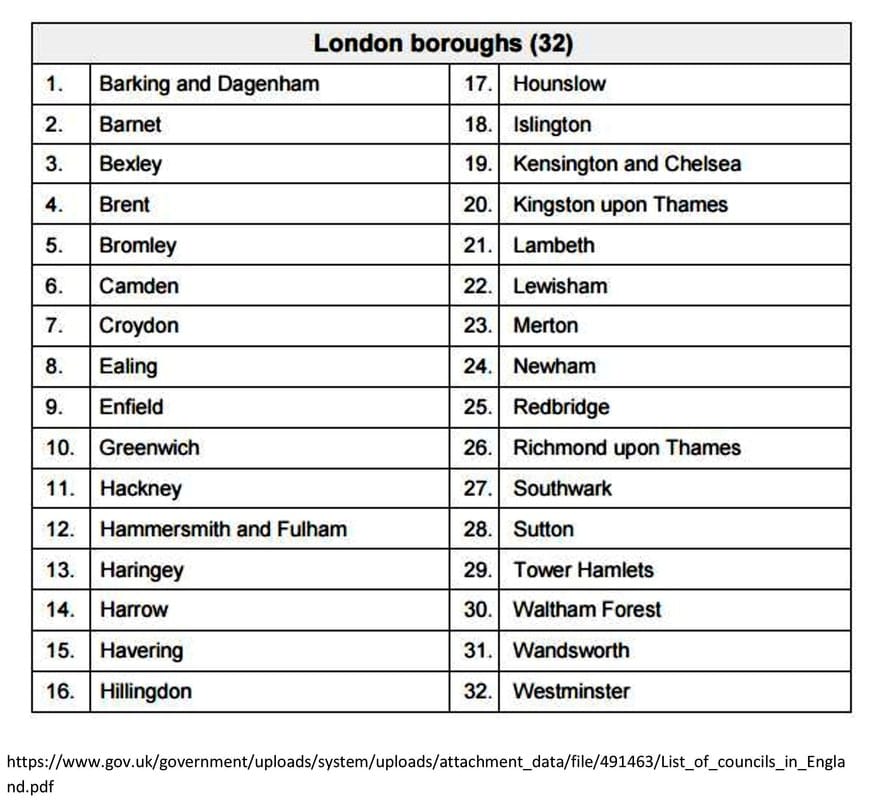|
We have been doing an ongoing investigation over the past month on the regulations around wild cat ownership within the UK. It's been a lot of work. There is a lot of difference in opinion when it comes to "What is a Dangerous Wild Animal (DWA) and what security arrangements must be in place to ensure not only the animal is safe and secure but also to guard the public as per the Dangerous Wild Animal Act 1976". Unfortunately for us (meaning all of you too), as wild animal owners, the difference of opinion is actually down to the Veterinarian who inspects us annually. These "Professional appointed persons" are the ones who may have never seen a wild cat in their life, let alone actually cared for one whether that be medically or in terms of providing daily care. Some of them have great knowledge on the cats and what environment they need to be kept in for their welfare, others simply revert to colleagues in the field or...google (heaven forbid). Recently, we decided since we are constantly inundated with requests for Servals, Caracals and F1 Savannahs who must be kept with a licence, and realistically we have no real good information on every council in the UK to offer them that we would take it upon ourselves to source an overall set of information on every council within Scotland and England. There is a common misconception that because someone else has a set of rules (or lack of them) that the same set will be applied on the applicants licence. It really is down to a vet to decide if what you have constructed (or again, perhaps not even bothered to construct) will be approved as a secure environment for your DWA. What we really want to address here is WHY there is so much scope for variation on rules for the same animals. We asked several licence holders about what they are required to do with the DWA's and what rules apply. We have seen several licences. The range of rules, or again, lack of, is completely unacceptable to those who feel they are being dicriminated against just because the vet who has processed their licence, doesn't agree with a vet across the country and applies a completely different set of rules. We recently had DEFRA come to the house to review our quarantine site. They went through all our paperwork and discussed the enclosures with our licensing vet and animal health officer from the council. It was good to have all three parties there at the one time considering it's a rare occasion to have them all present to explore and discuss issues face-to-face. What is concerning here is, my cats are deemed wild animals which DEFRA have advised me that if the DWA cats must go to the vet or, we move them into different enclosures for mating purposes then we had to obtain a "Carrying Agents Licence" - (“authorised carrying agent” means a person authorised by the Minister under Article 10 of this order to carry animals, The Rabies (Importation of Dogs, Cats and Other Mammals) Order 1974). This was not an easy process. This involved us having to re-fit the car with anchor points, securing chains, padlocks, double-cages (where one is fitted inside the other for double security), metal mesh, perspex and gloves. It means we can transport cats for rabies purposes who are entering the UK for quarantine - the exact same licence that is required to move the DWA cats on the same premises to a different pen. This brings me to some of my questions, which are;
It is not particularly convincing that people are being treated fairly and equally given that licence holders are often very secretive and don't want to say what they can and can't do because they have a fear of it being removed from their licence due to a complaint, which appears to be rife within the wild cat ownership field. Also, there is the flip side of this where you have people claiming that their cats are permitted to be in their house living life as part of the family, when in reality we have just been lodged with e-mails as part of this study showing that those same people are in fact only licenced for their enclosures; for example one council replied, "not in the house under any circumstances". Some councils in England are "not really bothered if they are in the house as long as there's a double door at each exit", according to one DWA licence holder. I don't understand why some holders have to have heavy duty mesh, one that you could in fact jump on without it breaking, when there is chicken wire being used in another enclosure or simply just two entry doors. Bearing in mind that these cats are really clever and can open doors (even doorknobs), I can understand why this is simply not secure enough for licensing under some vets supervision. If DEFRA advise us to have a licence to move the cats, then why are there others who are able to walk outside with their cats freely only on a harness. Recently, we were reported to Child Protection Services because we had our Son inside our Caracals enclosure for some petting. This was our choice and of course the licensing department in the council advised us against this. There are other people with similar cats in the UK who have their wild cats with their children at all times, even unsupervised. Different rules, different regions. It's completely unacceptable that we should have to keep our animals in their enclosures at all times unless they are nursing kittens or until they are a certain age, whereas others have an easy come, easy go licence. Upon contacting the council, we have submitted the following: Good afternoon, The response: We have yet to put everything together and form a detailed result on the information we have received to date. The information we have received is actually data which is owned by the council and therefore we cannot physically publish e-mails received. We will however be forming a table with the responses within each area and what requirements they have, if any. It will also detail if each council are happy for the wild cats or F1's to be kept within the house or outwith the home for walking purposes or, if they have currently got licence holders in the area with house access. The aim of this is to enable us all to be able to keep these cats under the same set of rules - it also means that when someone gets one of these cats or plans to, they will know what will be acceptable or not within their region and plan if it is still something they want to pursue. It is part of gaining equality for us all as owners. Acts and legislation should be transparent and rigid meaning there is a set minimum standard for these vets to use or perhaps a checklist with more detail to ensure we are all treated with the same respect instead of being discriminated against. We will take the data to DEFRA and try to ensure that we can all enjoy ownership of our cats indoors since this has already been permitted. We will fight for equality - we will fight for you. More information can be seen below. The Dangerous Wild Animals Act 1976 (Modification) (No.2) Order 2007 “SCHEDULE KINDS OF DANGEROUS WILD ANIMALS" NOTE: See section 7(5) of this Act for the effect of the second column of this Schedule http://www.gov.scot/Resource/Doc/933/0009386.pdf Family Felidae: All except-- (a) the species Felis silvestris, Otocolobus manul, Leopardus tigrinus, Oncifelis geoffroyi, Oncifelis guigna, Catopuma badia, Felis margarita, Felis nigripes, Prionailurus rubiginosus and Felis silvestris catus; (b) a hybrid which is descended exclusively from any one or more species within paragraph (a); (c) a hybrid of which-- (i) one parent is Felis silvestris catus, and (ii) the other parent is a first generation hybrid of Felis silvestris catus and any cat not within paragraph (a); (d) any cat which is descended exclusively from any one or more hybrids within paragraph (c) (ignoring, for the purpose of determining exclusivity of descent, the parents and remoter ancestors of any hybrid within paragraph (c)); (e) any cat which is descended exclusively from Felis silvestris catus and any one or more hybrids within paragraph (c) (ignoring, for the purpose of determining exclusivity of descent, the parents and remoter ancestors of any hybrid within paragraph (c)). All cats including the bobcat, caracal, cheetah, jaguar, leopard, lion, lynx, ocelot, puma, serval and tiger. The following are excepted: (i)the wild cat, the pallas cat, the little spotted cat, the Geoffroy’s cat, the kodkod, the bay cat, the sand cat, the black-footed cat, the rusty-spotted cat and the domestic cat; (ii)a hybrid cat which is descended exclusively from any one or more species within paragraph (a); (iii)a hybrid cat having as one parent a domestic cat and as the other parent a first generation hybrid of a domestic cat and any cat not within paragraph (a); (iv)any cat which is descended exclusively from any one or more hybrids within paragraph (c); (v)any cat which is descended exclusively from a domestic cat and any one or more hybrids within paragraph (c). Source: http://www.legislation.gov.uk/uksi/2007/2465/schedule/made Scottish Local Authority/ Councils for Dangerous Wild Animal Licensing We contacted the 32 councils in Scotland and await their response. English Local Authority/ Councils for Dangerous Wild Animal Licensing  We contacted the overall total of 353 councils in England:
Please stay tuned for the results of the DWA information within each area relevant to you. Thank you for those who have taken part in this and supported the investigation into equality of licence distribution.
We will publish data on those councils which have stated "up to the vet at the time", "under no circumstances", "under some circumstances - more details" and those which "allow" to give a clear picture of each area. |
Welcome | Welkom | Ben arrivata | Velkomst | Tervetuloa | Bienvenue | 欢迎 | Willkommen |
ようこそ!| Sveiki | Добро пожаловат | Välkomna | Velkommen | ยินดีต้อนรับ | خوش آمدید | 환영 | AuthorAll about Stylisticat, written by Kayleigh McIntosh-Lowrie Archives
February 2021
Categories
All
|









 RSS Feed
RSS Feed
